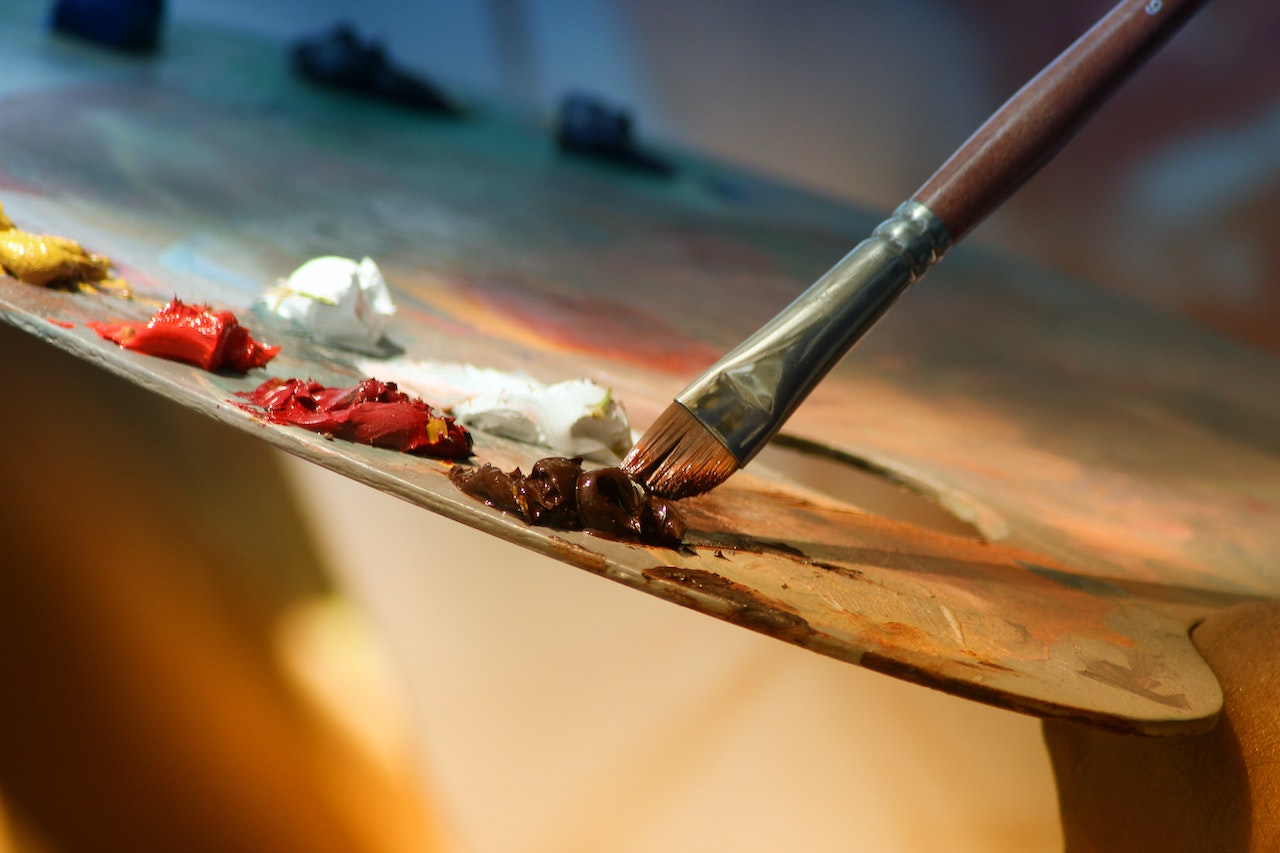

Since the beginning of time, Black communities have been attacked and targeted by outside groups. Their culture has been stolen, their success has been prevented, and they have generations of this trauma woven into their histories. The 400 years of the slave trade were not the only instances of Black erasure and suffering. The Black August Movement, Erykah Badu’s woke movement, various genres of music such as hip-hop, Blues and Rock’n’roll, as well as the destruction of Black Wall Street, are other notable instances when Black individuals never received the credit, or dignity of having the true version of history told. Unfortunately, this painful practice has yet to end. In America specifically, systemic racism continues to make success, wealth, and safety inequitable to every minority, especially the Black community. Whether it be finance, education, or even creative pursuits, Black Americans are intentionally excluded. Within the realm of tattooing, many may be surprised to learn about the discrimination talented Black artists face.
According to historical findings, humans have been tattooing themselves for over 5,000 years. While the style, meaning, and purpose differ, tattooing has been present in several societies across the globe. Egypt, Asia, Western and Eastern Europe, and the Americas are the locations with the most evidence of this practice. Although Oceania and other parts of Africa lack mummies that sport tattoos, these cultures heavily participate in tattooing today. From scarification in Africa to tribal tattoos in Oceania countries, many instances of tattooing are missing from history. This incomplete picture of the craft has skewed the prevalence of tattooing styles and the respect for work from Black tattoo artists. For example, Americana, Japanese, and tribal tattooing styles are commonly learned by apprentices but Black tattoo culture and how to work on darker skin is not.
Throughout her journey of developing her own style as a Black tattoo artist, Imani K. Brown felt disappointed about a lack of representation. Because few Black artists were successful, Imani also experienced many instances of sexism and racism while trying to hone her skills. Despite the trauma these circumstances created, Imani felt motivated to pave the way for other artists like her. This ambition fueled the Black Tattoo Anthology project. The Web3 community will be accessible August 23rd this year and the seven volume book set will be offered next February. Imani spent over two years developing this project and is thankful for the several mentors that guided her throughout.
Over 15 artists will be able to speak about mental health, racism, and how they became successful in the tattooing industry. The Web3 community aims to help artists gain funding, create brands, and establish generational wealth. The platform will be a like-minded community for Black tattoo artists to receive support in many different ways.
Completing virtual interviews with other Black tattoo artists has been equally aggravating and enlightening because of their unfair experiences. However, Imani recognizes the importance of uncovering Black tattoo history for current and future artists. Zulu and Damon Conklin are two godfathers of the style that mutually express this sentiment in their interviews. Both have endured traumatic events and understood the risks involved with building a better future for their people. Although they’re not proud of the moments they’ve overcome, defending your trade and learning when to pick your battles has supported their current success.
Imani and her colleagues’ stories about the tattoo industry have been mirrored by many different artists and customers. Countless tattoo artists and shops have avoided hiring Black talent and perpetuated myths about tattooing darker skin tones. These redundant themes of ignorance and discrimination only further prove why Imani’s work is important. As a tattoo artist with 20 years of experience within the DC area and Japan, she understands the problems at hand. Black tattoo history and artists are being erased. Their stories and work is not being shown because the industry is extremely racist and male-dominant. While Black Tattoo Anthology may not directly solve these rampant problems, they will protect stories, communities, and the futures of Black talent.
“I hope the Black Tattoo Anthology creates more visibility, respect, and care for Black tattoo culture and artists worldwide. I want it to convey the message to Black tattoo artists out there that success is possible. I’m very grateful for the people that have participated with this book set. I believe it and the Web3 community will help us uplift many talented Black tattoo artists so they can be recognized and awarded for their skills. It feels like a large responsibility to complete this work, but I feel like I have to help make change for my community,” says Imani K. Brown.







